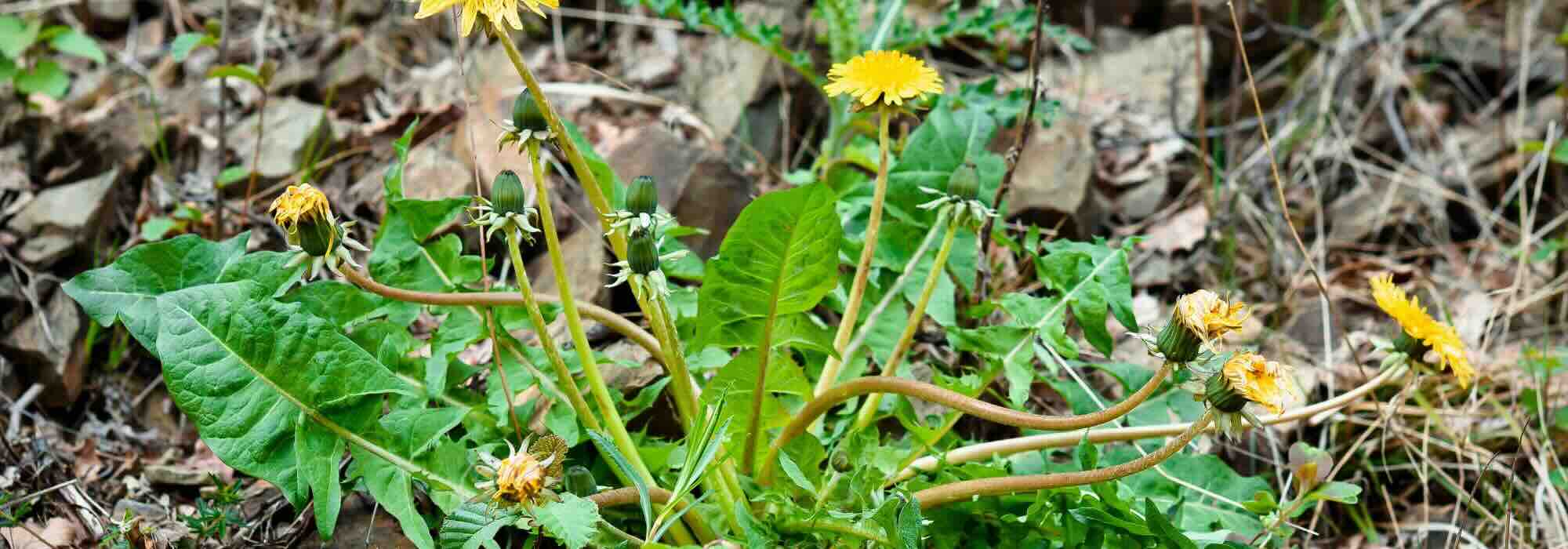
So-called "natural" weedkillers: what do they really contain?
Our analysis
Contents
So-called “natural” weedkillers are increasingly appealing to environmentally-conscious gardeners. In garden centres or online, these products promise to eliminate weeds while respecting nature.
But what does “natural” really mean on the label of these products? What are they made of? And most importantly, is their use as harmless as one might think?
This article examines the composition of commercially available natural weedkillers, analyses their effects on soil, biodiversity and plants, and explores ecological alternatives for more wildlife-friendly gardening.
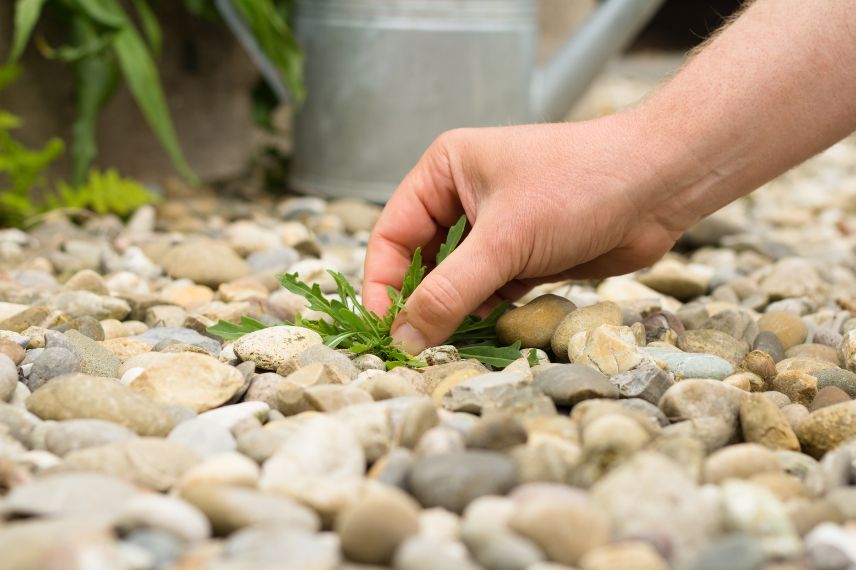
Definition and Regulation of "Natural" Weedkillers
Today, many products are labelled as “natural weedkillers”. But behind this term lies a wide variety of formulations… and crucially, no strict legal definition.
“Natural”: a marketing buzzword with vague meaning
In France and across Europe, “natural” isn’t a regulated category for pesticidal products. This means a weedkiller can claim to be “natural”:
- Because it contains substances of plant, mineral or animal origin,
- Because it uses ingredients already present in nature,
- Or simply for marketing purposes, in the absence of harsh chemical agents.
This guarantees neither environmental safety nor low toxicity. A natural product can still harm soil or microorganisms if misused.
What does the law say?
Since 1 January 2019, the Labbé Law has been in force in France. It prohibits private individuals from using synthetic chemical pesticides in gardens, vegetable plots, balconies and public green spaces.
Only the following are now permitted:
- Biocontrol products (those using natural mechanisms to combat pests),
- Products containing only basic substances used in everyday life (like acetic acid or baking soda),
- Or products classified as low-risk.
This means even some natural weedkillers are banned if they don’t meet these strict criteria.
Beware of misleading claims
On shop shelves, you may find products labelled “100% natural” that aren’t necessarily biodiversity-friendly and may contain hidden additives or less eco-friendly formulation agents.
All weedkillers sold as such in France must be obligatory authorised (MA). However, even a natural, authorised product can impact soil biodiversity or beneficial fauna if misused. It’s therefore essential to carefully read the composition and usage instructions. Regulations steer towards safer products, but not always perfect ones for the environment.
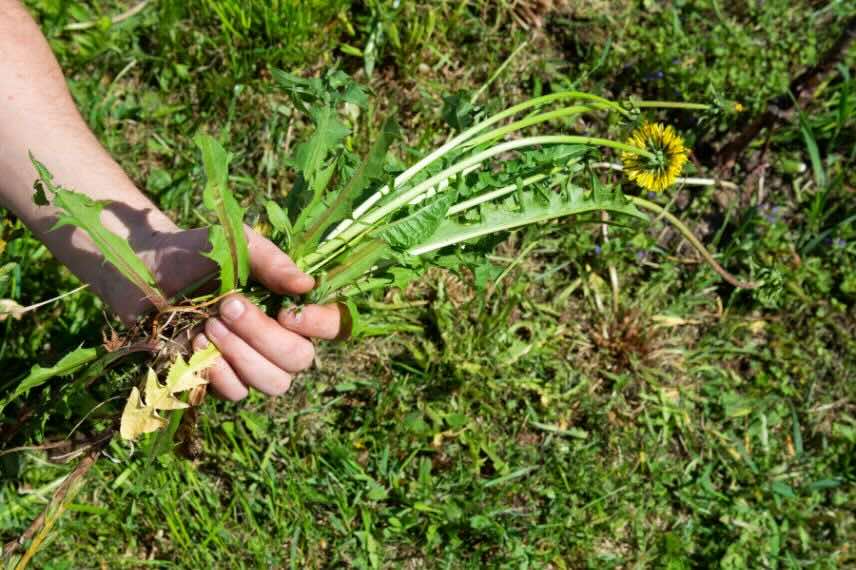
Dandelions are among the adventives many gardeners wish to eliminate
Common ingredients in so-called "natural" weedkillers
Acetic acid (concentrated vinegar)
- Origin: derived from the fermentation of plant matter, it is the active component of white vinegar.
- Action: it burns plant tissues on the surface by denaturing cellular proteins.
- Advantage: works very quickly on young seedlings.
- Limitation: does not affect roots. Result: weeds regrow quickly if the root is not affected.
- Environmental impact: When used in high concentrations, it acidifies the soil and disrupts the microbial life essential for its fertility.
Pelargonic acid (or nonanoic acid)
- Origin: naturally present in some plants like geraniums, but also produced industrially.
- Action: it destroys the protective wax layer of leaves, causing rapid dehydration.
- Advantage: works within hours, with immediate visible effect.
- Limitation: only destroys the aerial parts of the plant, without affecting deep roots.
- Environmental impact: can be toxic to some beneficial insects and aquatic organisms in case of runoff.
Salt (sodium chloride)
- Origin: natural mineral, used since antiquity to sterilise soils.
- Action: it causes dehydration of plant cells through osmosis.
- Advantage: effective on isolated plants or paved areas.
- Limitation: in high doses, it permanently sterilises the soil. This prevents any regrowth, even of desired plants!
- Environmental impact: risk of groundwater pollution and soil structure degradation.
Sodium bicarbonate
- Origin: naturally occurring mineral in some rocks or industrially produced.
- Action: it alters the pH on the surface of leaves, causing them to dry out.
- Advantage: inexpensive and easy to use for small areas.
- Limitation: effective only on young shoots; ineffective on established plants.
- Environmental impact: in high doses, it unbalances the soil by affecting microbial life.
Plant-based manures
- Origin: maceration of plants like nettle, comfrey or horsetail.
- Action: in high concentration, some manures can act as burners of young shoots.
- Advantage: use of natural substances derived from plants, in regulated and standardised formulations.
- Limitation: their effectiveness varies greatly depending on the plant used, the formulation and the target plant.
- Environmental impact: if poorly dosed, some manures (notably nettle) can pollute the soil with nitrates and cause an imbalance in the soil flora if used in excessive quantities.
Regarding natural or naturally derived ingredients, what matters is understanding their action, using them with caution and favouring mechanical or preventive solutions whenever possible!
Why these so-called "natural" weedkillers are not always a good solution?
Limited and superficial effectiveness
- Most organic weedkillers only work on contact, burning the visible above-ground parts.
- The roots remain alive, meaning weeds can regrow quickly, sometimes within days during warm, humid periods.
- Some perennial plants and highly resistant species (dandelions, bindweed…) are barely slowed down by these surface treatments.
- Weather conditions (rain, dew, intense sunlight) can rapidly reduce the effect of an organic weedkiller.
- Some species adapt by becoming denser or changing their form to resist surface-level attacks.
Result: repeated interventions are necessary to maintain a clear space.
Risks to soil life and biodiversity
Even when natural, a weedkiller remains a product capable of disrupting ecosystems:
- Soil acidification from excess acetic acid, harming beneficial bacteria and fungi.
- Osmotic imbalance in the soil with the use of salt or plant extracts concentrated in nutrients.
- Toxic effects on beneficial insects (such as bees or natural predators) if products run off or applications are poorly controlled.
The soil gradually loses its natural fertility, which can lead to long-term dependence on amendments to correct imbalances.
Even though commercial organic weedkillers represent an alternative to harsh chemical products, they are not a miracle solution.
They remain tools to be used in moderation, as part of a more holistic garden management approach, based on prevention, manual weeding and tolerance for a bit of “wild” in our gardens.
Even gentler alternatives to chemical weeding... and even natural ones
Because a living garden isn’t just about “killing” what bothers us, there are even more respectful and sustainable approaches than using weedkillers, even so-called “natural” ones. These methods aim to work with nature, not against it.
Thermal weeding
- Principle: use a thermal burner (gas or electric) to briefly heat unwanted plants.
- Action: the thermal shock bursts the plant cell; the plant wilts and dies within a few days.
- Advantage: no chemicals, no residue in the soil.
- Limitation: does not kill deep root; regular applications are necessary.
Thick mulching and ground cover plants
- Thick mulching: apply 5 to 10 cm of mulch (wood chips, leaves, dried grass clippings, straw) to completely block light and limit weed germination.
- Ground cover plants: grow carpeting plants like dwarf clover, creeping bugle, or periwinkle, which smother adventive plants while beautifying the soil.
- Advantage: nourished soil, protected from erosion, and visually much more appealing than a naked surface.
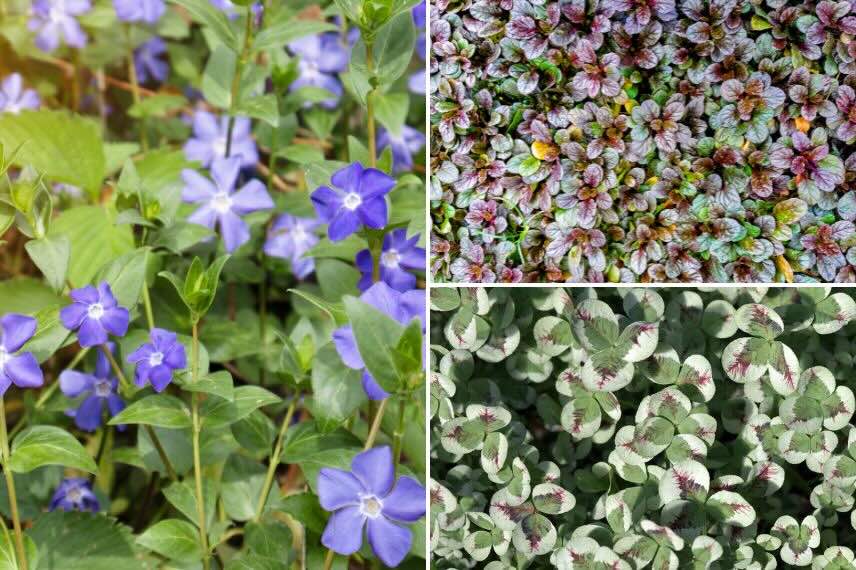
Periwinkle, creeping bugle and clover are effective ground covers
Thinking long-term: changing our relationship with “weeds”
Is it really necessary to have paths without a single blade of herb? Or an ultra-clean vegetable patch at all times? A bit of “wild” in a garden brings nectar for pollinators, refugium for microfauna, and limits soil erosion.
Take a first step by defining free zones where spontaneous plants are tolerated.
Preventive solutions
- Hoe frequently: a quick pass with a hoe over young shoot is enough to prevent the establishment of unwanted herb.
- Plan planting density: a well-covered soil by crops leaves less room for adventive plants.
- Manage borders: transition areas (hedges, fences) are often the first to be infested. Keeping them clean or well-mulched slows invasion into the rest of the garden.
The best fight against unwanted plants is preventive and ecological. The less we disturb the soil, the less vulnerable it becomes to mass invasions of adventive plants.
Cultivating a living garden sometimes means accepting a bit of the unexpected, but it also promotes a more resilient, more beautiful… and more peaceful space.
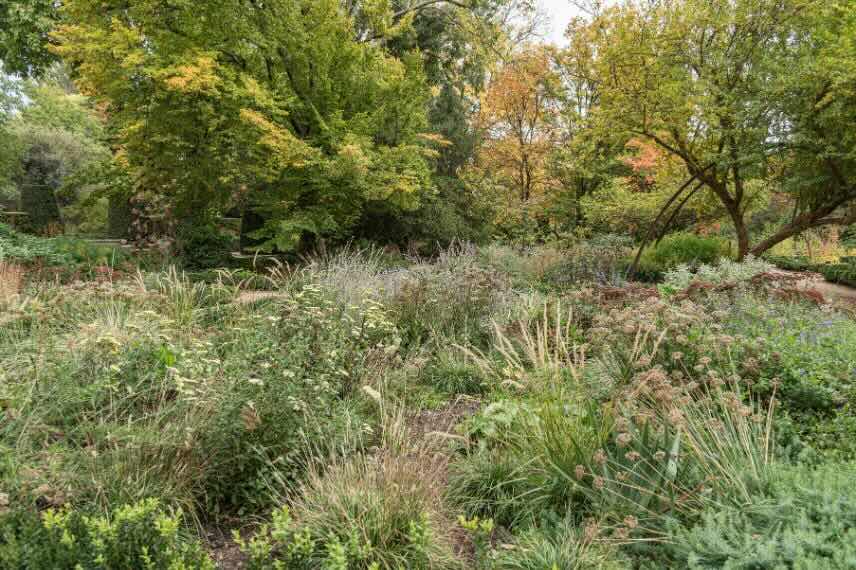
Start by leaving a free and wilder area in your garden
- Subscribe!
- Contents
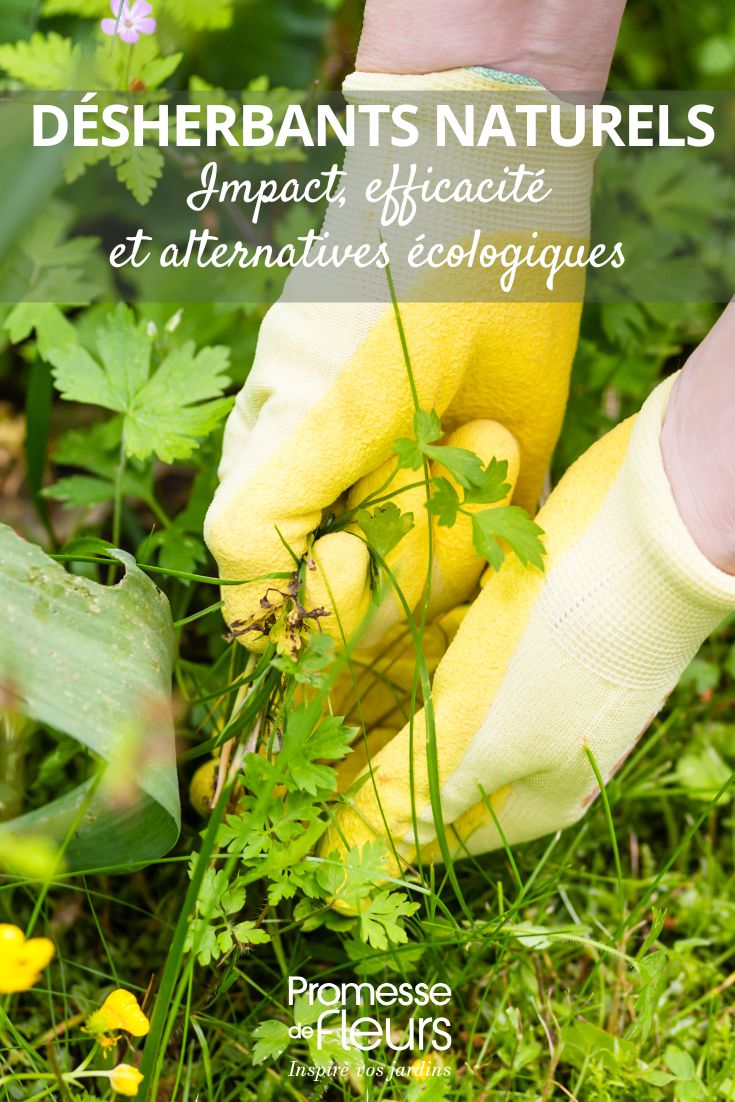































Comments